Follow my blog with Bloglovin.

I absolutely love being able to create a Mood Board, especially when it comes to interiors.
Mood boards (or inspiration boards) are a collection of images, and ideas to help you create inspiration for a creative project.
Focusing on the interiors side of things in particular, creating a mood board for a home décor project that you are planning, or currently have on the go is very useful as a starting point. Especially if you feel overwhelmed with current trends, and/or have many visions and ideas you can’t decide on.


Creating a mood board can help you make some great decisions about the style in your home you are hoping to achieve.
And see whether you have a particular style in the first place.
It is also a good way to find out if you are attracted to a particular colour, interior theme, style of furniture etc, that you weren’t realising before you started a mood board.
Most importantly (I think) being able to create a mood board is a great way to keep you focused on each interior project. By what you want to achieve for your final interior outcome, and remain clear about what you want for each room/your overall home.
Create a mood board in two ways;
There is the physical mood board, which is hands-on, tactile and makes the whole process of project planning more fun (to some extent). These can be made and displayed onto any backing board, and foam board. Or even a pin board, which makes it even easier if you want to move your inspirations around.


Or there is the digital mood board, which comes in the form of Pinterest, a beautiful online mood board and search engine for inspiration and potential products for your interior decorating projects. Or there is Canva and Photoshop, both are programs to create mood boards digitally from images you have found online, through either Pinterest or other search engines.
Digital mood boards are brilliant for quick and easy access when you are on the go.
The fact you can save your mood board images on your phone, or get the mobile app, and have access to your mood boards in your bag whilst out shopping and searching is ideal.
I created a digital mood board at the very start of planning and designing for our own home renovation and decorating projects. Which was such a great way for me to start to generate ideas that I wanted to have in each room. (You can read all about them here.)
I knew I wanted to have a continuous style going through each room, but not necessarily in the obvious sense.
The digital mood board was a quick, easy and brilliant way to create a visual layout for all rooms. Plus see from the offset whether there was a similar style I could pick up on use elsewhere throughout each room, in our home.
However, as much as I love a digital mood board as a starting point, a physical mood board is one step on for helping with ideas for your home decorating.
Physical Mood Boards
The first step is all about collecting materials; gather a range of pictures of what style/trend/colours inspires you (magazines are great for this), fabric and wallpaper pattern samples, paint swatches, different finishes, i.e. tiles etc. The list goes on.

Physical mood boards are all about making an inspiring vision for you to get inspired by in person. If you are a very visual person like myself, this way of creating is ideal a board that is full of tactile and interactive inspirations.
There are a lot of brands that will send out samples, including myself. Even if there’s a small cost, it’s worth it to see exactly what is it you could potentially use.

Create a mood board to play around with colour and pattern here.
I.e. in our living room we have tones of duck egg blue as the running colour. And I’ve then involved pops of yellow and pink tones for the accent colours to brighten for the Summer season, (read more here).

It is worth using the mood boards to experiment with colour; thinking about your main colour palette, and the accent colours you want to involve.



You can also do this with patterns as well, especially if you know you want to mix and match your pattern combinations. Which is a big Summer Interior Trend (find out more here).
Again, with our living room, my mood board contained pattern swatches of the prints I wanted to involve. With physical swatches, you are able to get an idea of the scale for each pattern you potentially want, along with the colours.

This enables you to see what compliments each other, and what doesn’t.
Next, take photos of what is staying in your home, and involve them in your mood board. You want to make sure the style you want to achieve suits the furniture/interior products you are keeping.
If you are looking to buy new items for your room/home; furniture or finishing touches, you don’t necessarily have to include these specific items on your mood board just yet.
However you can search for products that you like the look of, or inspire you, have them on your mood board (or keep somewhere handy) and when it comes round to purchasing, you can then search for something similar/within your price range.
For both work digital and physical mood boards only put what’s relevant for your home and lifestyle, not because you like it and it’s on-trend.
And most importantly, being able to create a mood board is all about having fun before the project planning commences. It’s not the final design concept, and therefore can be switched around many times to work out what looks right for your home style and practicality, and what doesn’t.
Do you still need help getting inspired to create a mood board? Come over to my Pinterest page where I have all sorts of inspiring mood boards for you.










Leave A Comment